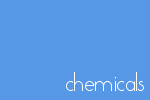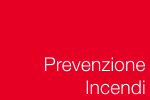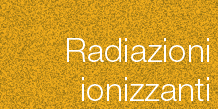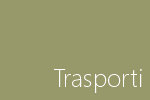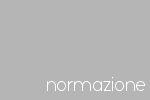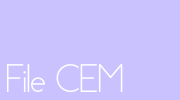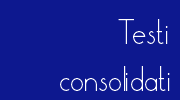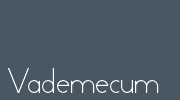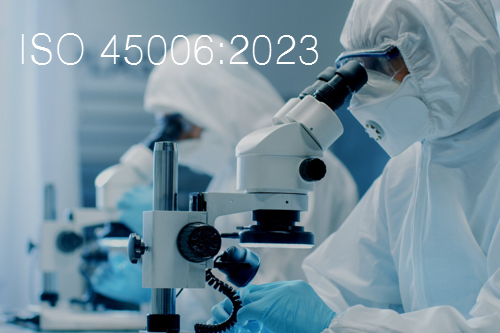ISO 45006:2023 | Guidelines for organizations on preventing, controlling and managing infectious diseases
| ID 21097 | | Visite: 641 | Documenti ISO | Permalink: https://www.certifico.com/id/21097 |
ISO 45006:2023 | Guidelines for organizations on preventing, controlling and managing infectious diseases
ID 21097 | 08.01.2024 / Preview attached
ISO 45006:2023 Occupational health and safety management - Guidelines for organizations on preventing, controlling and managing infectious diseases
This document gives guidelines for organizations on how to prevent or control exposure to infectious agents at the workplace and manage the risks associated with infectious diseases that:
- present a risk of severe ill health or death and can impact the health, safety and well-being of workers and other relevant interested parties;
- present a lower risk to health yet have a significant impact on the organization, its workers and other relevant interested parties.
This document is applicable to organizations of all sizes and sectors.
NOTE This document does not provide comprehensive guidance to those parts of an organization that implement mandated infection controls such as hospitals and medical or biological laboratories because there is an inherent potential for exposure to infectious diseases. Applicable legislation and guidance are provided by government, regulators and health authorities for specific infection controls for the protection of workers in such settings and for work activities on or with pathogenic microorganisms
________
Introduction
Infectious diseases are increasingly recognized as major challenges to health, safety and well-being. Decisions and activities relating to the prevention and management of infectious diseases affect workers within the organization and other people who visit a workplace, come into contact with workers or can be affected by the organization’s activities. This document is a response to the risks that infectious diseases present to workers and other relevant interested parties (e.g. customers, the public, suppliers, workers from other organizations, family members and other personal contacts).
There is a broad range of infectious diseases with potential impacts on health, safety and well-being, which can vary from very mild to very serious depending on the nature of the infectious disease. Key characteristics of infectious diseases (see Clause 5) are a major factor in the risk posed to workers and other relevant interested parties.
Some infectious diseases are non-contagious and infect only the individual who contracts the disease and do not usually transmit from human to human (e.g. legionellosis or malaria), while others are contagious and have the potential to spread from a single individual to infect others (e.g. influenza, COVID-19, smallpox, hepatitis, salmonellosis, tuberculosis, Ebola and HIV/AIDS), up to and including a pandemic spread of the disease.
The impact in terms of severity of infectious diseases can vary from person to person depending on underlying health conditions (e.g. asthma, diabetes, obesity, strength of immune system) and factors such as age, sex and socio-economic situation. Impacts can be more severe where one or more such circumstances exist.
This document provides guidelines to prevent or reduce exposure to, and transmission of, infectious agents and to manage risks to workers and other relevant interested parties from infectious diseases. It supports the principle that workers should not be required to work in settings without implementation of appropriate prevention and controls.
The guidance is generic and applicable to organizations regardless of the nature of business, service provision, size or complexity. It recognizes that many smaller organizations do not have dedicated departments or functions such as occupational health and safety (OH&S), facilities management, human resources or infectious disease specialists. More detailed information for specific functions is available from professional bodies and a wide range of national and international standards.
Organizations using ISO 45001 can use this document to improve OH&S management by relating the relevant clauses to the PDCA cycle:
- Plan: plan what needs to be done for the organization to work safely;
- Do: do what the organization has planned to do;
- Check: see how well it is working;
- Act: take actions to improve or change controls that are not effective.
Taking a system's approach facilitates the coordination of resources and efforts and will enable organizations to better manage the risk from infectious diseases, by ensuring they are included in existing OH&S processes.
This document is not intended to be a single step-by-step set of recommendations. It provides guidelines to enable ongoing continual improvement and to ensure the organization responds to incidents of infectious diseases, including epidemics and pandemics.
This document is designed to complement ISO 45001 by providing guidelines that align with the requirements of ISO 45001. This document can be used independently, by any organization, to improve OH&S performance.
[...]
Fonte: ISO
| Descrizione | Livello | Dimensione | Downloads | |
|---|---|---|---|---|
| Preview ISO 45006 2023.pdf |
171 kB | 0 |






